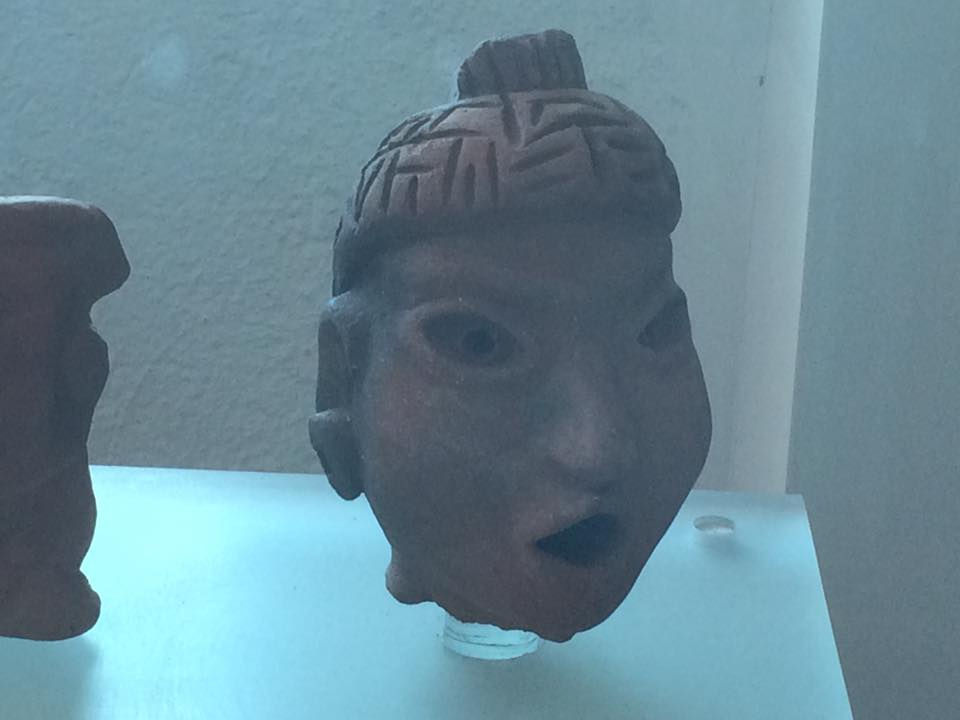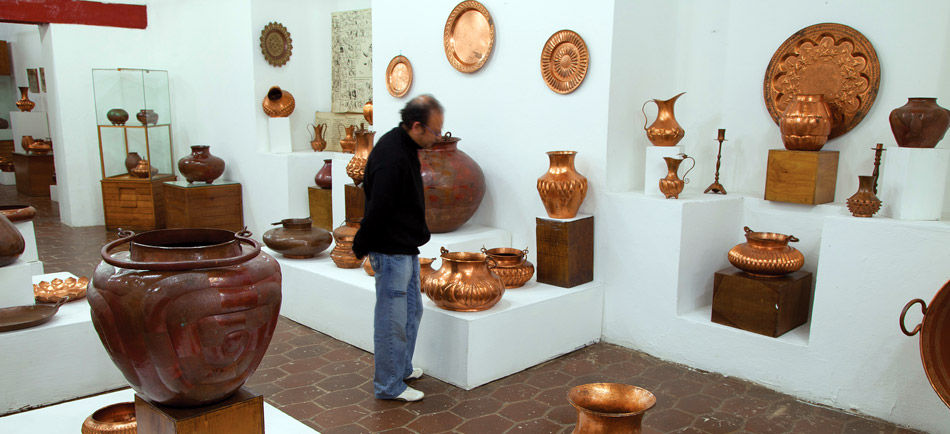

" The world is a book
and those who do not travel read only one page. "
- San Agustin
In our catalog activities also we offer cultural adventures, where not only can have fun with excursions and discover surprises, or you can learn even more about our Mexican culture, visit areas and archaeological places full of stories to tell.
Soledad de Maciel
"La Chole"
Natural archaeological site




The Xihuacan ceremonial center is located in a small community now known as Soledad de Maciel (La Chole), which is located approximately 20 minutes from Zihuatanejo.
parts had previously been found at the site, including the shaft of the King of La Chole and rings Mesoamerican ball games, recently began more formal excavations. The site had been occupied for more than 3,000 years by three cultures that maintained contact with other Mesoamerican cultures like the Olmeca and Teotihuacan. Among the exposed areas it is what could be the largest Mesoamerican tennis ball, a pyramidal base of a hectare, a hill with petroglyphs and what could well be a sacrificial stone.
several human remains, possibly of sacrifice, and shaped ceramic jaguars are discovered. a glyph, believed to be related to the original name of the city was also found.
food, transportation and guide included
Duration: 5 to 6 hours
Tarasco & Purepecha cultures – archeology – colonial towns – arts & crafts of Michoacán
 |  |  |
|---|---|---|
 |  |  |
 |
Our neighbor state, Michoacán, is famous as one of the most beautiful areas of Mexico. It’s only about 60 miles to the state border, but in order to get to the capital of the state and the famous colonial towns of Morelia, Pátzcuaro, Quiroga, etc. we have to cross the Sierra Madre mountain ranges that extend along the Pacific coast.
During the months of November as well as during and prior to Christmas and Eastern, a series of festivities take place in this area: The most famous ones are the celebrations around the Day of the Dead. Best known – and attracting a good number of sightseers from all over Mexico and the world is the area of the Pátzcuaro Lake. Events, including crafts markets, dancing, exhibitions and concerts are held year round in the town of Pátzcuaro and nearby villages.
We have planned an exciting excursion that will take us to the heart of the Tarascan empire, the colonial towns around Patzcuaro and archeological sites of Tzintzuntzan and Tingambato. You are invited to live the experience during one full day, depart in the morning and be back in time for dinner at ZI restaurant at Club Intrawest.
SANTA CLARA DEL COBRE




The focal point, a bandstand made of copper, is your first clue to the artistic endeavors of this town that is famous for its 450-year tradition in the manufacturing of copper and artisan items. Before spending time in the town of Pátzcuaro, our itinerary includes the visit of another famous archeological site on the Riviera of lake Pátzcuaro:
TZINTZUNTZAN




In the 16th century, Spanish explorer Porillas discovered Tzintzuntzan, which was the capital of the Tarascan Empire. The ancient Tarascan Ceremonial Center, Yacatas, the Olives, Atrium, subsequent Franciscan temples and beautiful churches are found here and you will have the opportunity to visit them.
From Tzintzuntzan it’s a 25-minute drive back to the town of:
PÁTZCUARO
 |  |  |
|---|---|---|
 |  |  |
Pátzcuaro's main square is one of the most beautiful around Mexico. It honors Vasco de Quiroga who founded the town in 1540. Besides the festivities on the streets, the cemetery and the Zocalo, you might explore the home of a nephew of the last Tarascan Emperor, a Dominican Convent, museums, art galleries and a host of handicrafts and folk art shops. There will be time for lunch and a stroll through town to visit some of the following sites:
VASCO DE QUIROGA SQUARE
One of the largest in the country, this picturesque square covers 130 x 160 meters. Once the city market, this plaza is unique, as it does not have a church as other main squares do throughout Mexico.
CASA DE LOS ONCE PATIOS
Originally the Santa Martha Hospital, Vasco de Quiroga built this “House of the Eleven Patios” in the 16th century. In the 18th century it became a Dominican convent. Today it is the “Casa de las Artesanías” (art & crafts home).
LA COMPAÑÍA
This church was built in the 16th century by Vasco de Quiroga as a cathedral and given to the Jesuits. Today it is the “Casa de la Cultura” (culture home).
EX-COLEGIO DE SAN NICOLAS
Vasco de Quiroga built this school in the 16th century as a preparatory for priests devoted to the evangelization of "New Spain". The school was later moved to Valladolid (Morelia) and today the structure belongs to the University of San Nicolas de Hidalgo.
BASILICA
Built as the third structure in the State in order to be the Cathedral and designed to have five aisles, this church, however, saw the completionof only one aisle. The church venerates the Virgin de La Salud (Virgin of Health) whose annual celebration is held on December 8th.
SAN AGUSTIN
A mural by renowned artist Juan O’ Gorman depicting the history of the Tarascans can be seen in this structure, originally built as “Teatro Emperador”. Today it is a public library.
HUITZIMENGARI HOME
Don Antonio de Huitzimengari, a descendant of the last Purepecha Emperor, owned this home. Today it belongs to the Indian community and is used to sell their wooden handicrafts.
REAL ADUANA
Since its foundation, Pátzcuaro has been dedicated to trade. In colonial times it was so important that an Aduana (customs house) was established to collect payment of taxes on business transactions.
At 17:00 hours we return on the new highway to Uruapan and back west to Zihuatanejo, into the beautiful Pacific coast sunset.
20:30 hours return to the hotel.
Duration:
We depart from the hotel – Zihuatanejo at 07.00 Hours for a beautiful sightseeing drive across the Sierra Madre mountain ranges to the avocado capital of the world - Uruapan.
Arrival at 10:30 Hours and continuation over land along the scenic road towards the sister lakes Pátzcuaro and Ziharuen, with a stop at an archeological site that was built by the Aztecs as a ceremonial center, as well as residence (or embassy) in order to foment trade and diplomatic relations with the Tarascan/Purepecha empire.
We continue to a town famous for its copper arts and crafts.